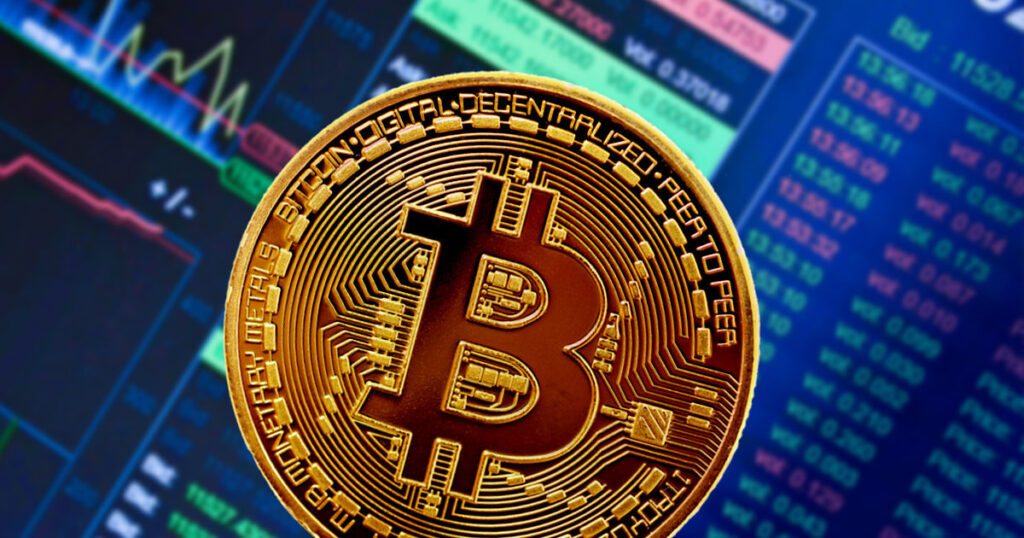Cryptocurrency Exchange Hacks: The ‘New Normal’ in Cybersecurity?
The world of cryptocurrency has taken the financial landscape by storm, with millions of investors and users flocking to digital exchanges to buy, sell, and trade their favorite coins. However, this rapid growth has also brought new concerns about security and the increasing frequency of hacks on cryptocurrency exchanges. Is the spate of breaches a sign of a new normal in cybersecurity, and what can be done to mitigate these threats?
The Rising Tide of Hacks
In recent years, the number of cryptocurrency exchange hacks has soared, with estimates suggesting that over $1 billion has been stolen from these platforms in 2020 alone. Some of the most high-profile breaches include:
- Mt. Gox (2014): One of the largest exchanges in the world at the time, Mt. Gox was hacked for over 600,000 Bitcoins, with estimated losses of around $460 million.
- Coincheck (2018): Japan-based exchange Coincheck was hacked, resulting in losses of over $500 million in NEM tokens.
- QuadrigaCX (2018): A Canadian exchange, QuadrigaCX, was hacked, with estimated losses of around $145 million.
- Binance (2019): The world’s largest exchange by trading volume, Binance, was hacked for around $40 million.
Why are Exchanges So Vulnerable?
So, what’s driving this surge in hacks, and why are exchanges seemingly so vulnerable? Here are a few reasons:
- Lack of Regulation: Unlike traditional financial institutions, cryptocurrency exchanges often operate in a regulatory gray area, making it challenging to ensure compliance with stringent security standards.
- Lures and Suckers: Hackers often use social engineering tactics, like phishing emails or fake job postings, to dupe security personnel and gain access to a exchange’s systems.
- Technical Weaknesses: Outdated software, inadequate security protocols, and poor network architecture can create vulnerabilities that hackers can exploit.
- Insider Threats: In some cases, hackers have managed to infiltrate exchanges through insider collaboration or compromise.
What Can be Done to Mitigate These Threats?
- Regulatory Clarity: Governments and regulatory bodies must provide clearer guidelines and oversight for cryptocurrency exchanges to ensure they operate in a secure and transparent environment.
- Investment in Security: Exchanges must invest in robust security measures, such as penetration testing, vulnerability assessment, and 24/7 monitoring.
- Culture Change: A shift towards a culture of security and transparency, with regular audits and incident response plans, can help prevent breaches.
- Education and Awareness: Users, exchanges, and regulators must be educated on the importance of cybersecurity best practices and the risks associated with cryptocurrency transactions.
- Decentralized Solutions: New technologies, such as decentralized exchanges (DEXs), can provide added security through built-in decentralization, making it more challenging for hackers to target a single point of failure.
Conclusion
While the rise in cryptocurrency exchange hacks may be alarming, it’s not all doom and gloom. By acknowledging the new normal in cybersecurity, we can work towards finding solutions to these challenges. Responsible investing, education, and regulatory clarity can help mitigate the risks associated with cryptocurrency trading. As the market continues to evolve, it’s crucial that we prioritize security and transparency to ensure the long-term success and reputation of the cryptocurrency ecosystem.

